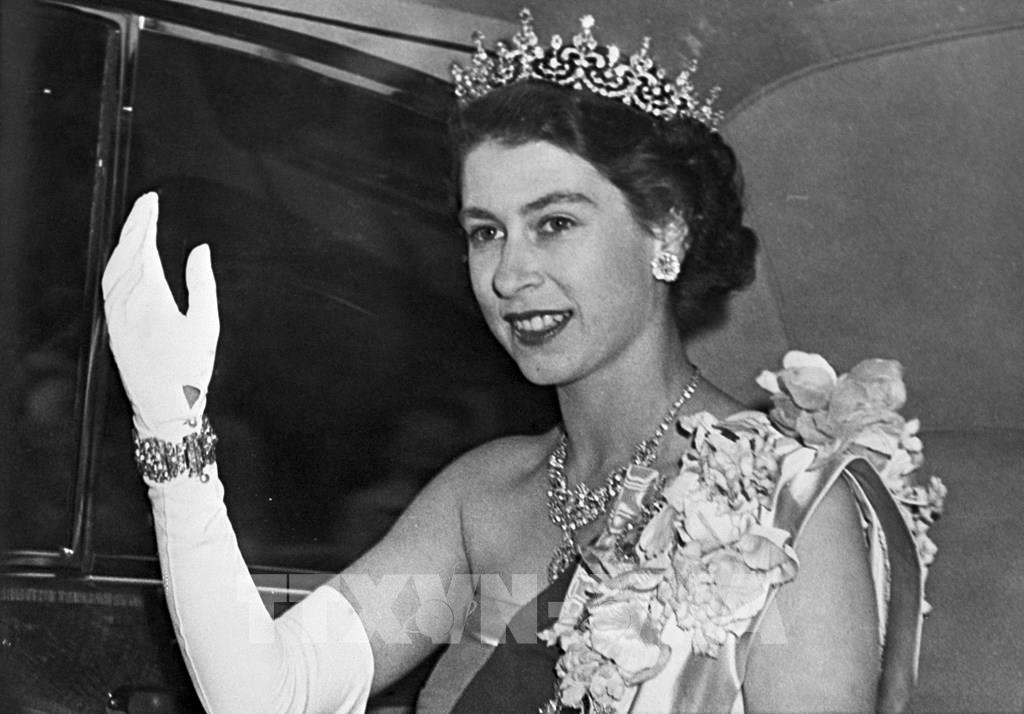Beaton, already famous as the official royal photographer, was a master at balancing elegance with symbolism. In this portrait, Margaret is bathed in soft lighting, seated with a poise that hints at both restraint and rebellion. Dressed in a gown that shimmered under Beaton’s meticulous set-up, she looked every inch the glamorous royal, but with an edge that distinguished her from the more dutiful, reserved Queen Elizabeth II.

The photo was taken at Clarence House, Margaret’s London residence, which itself carried layers of royal history. Surrounded by ornate furniture, gilded mirrors, and heavy drapery, the setting added gravitas, yet Beaton’s lens sharpened the focus entirely on Margaret — a woman of contradictions. To many, she was the “party princess,” the dazzling figure who captivated high society with her wit, beauty, and romances. Yet behind the sparkle lay a woman burdened by duty, heartbreak, and the expectations of monarchy.
The 1956 portrait came at a pivotal time. Just a year earlier, Margaret had made the heart-wrenching decision to end her relationship with Group Captain Peter Townsend, bowing to royal pressure and the Church of England. To some, the melancholy in her eyes in Beaton’s photograph hinted at a deeper sadness masked by her outward elegance.
Decades later, this single image remains one of the most iconic depictions of Princess Margaret. It is often cited by historians and royal watchers as a symbol of the post-war monarchy’s attempt to project modern glamour while clinging to tradition.
Today, as audiences revisit Beaton’s portrait, it serves as a reminder of Margaret’s dual legacy: a royal constrained by duty yet determined to live life on her own terms — and a woman whose beauty and defiance continue to fascinate.




